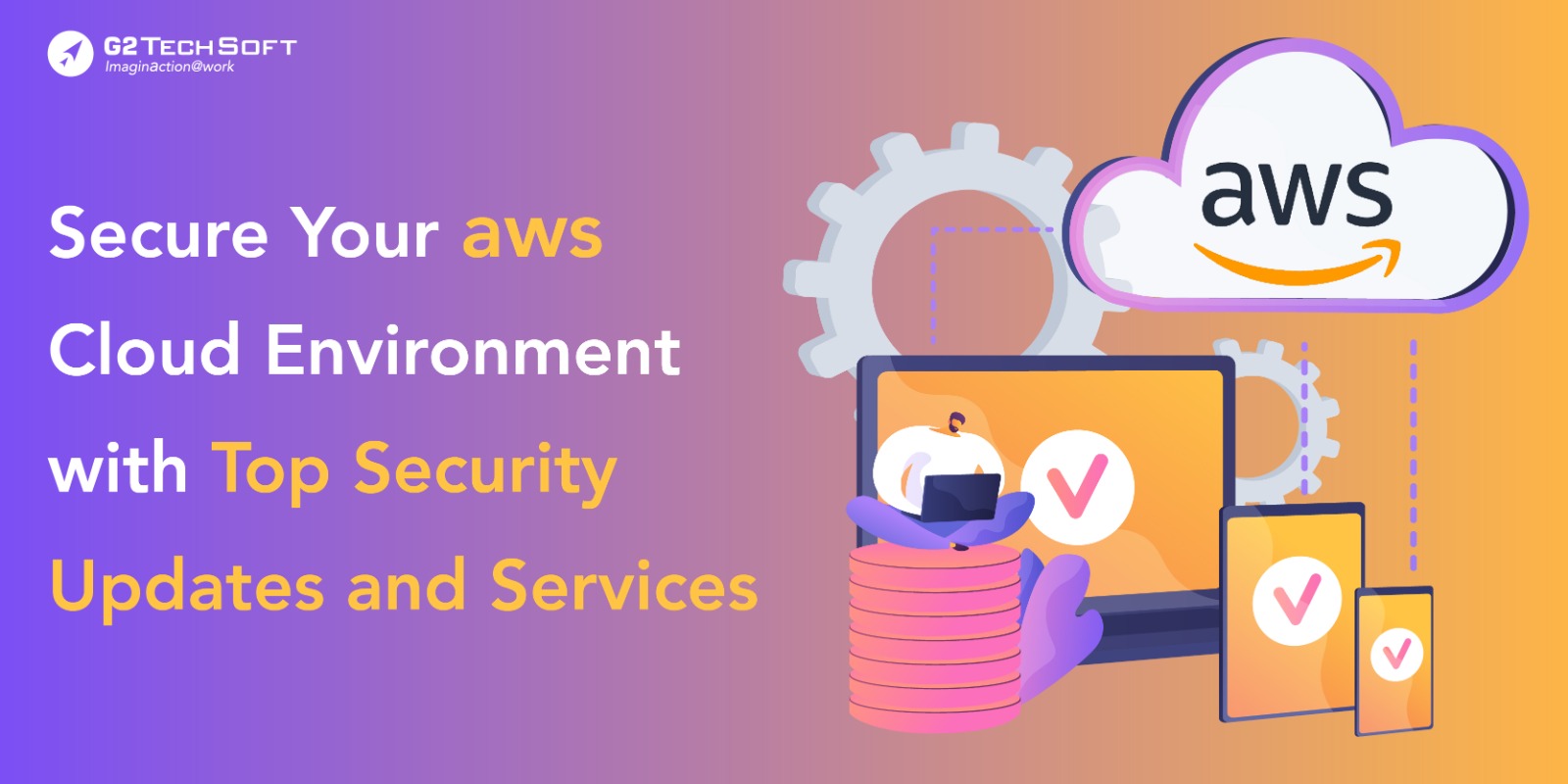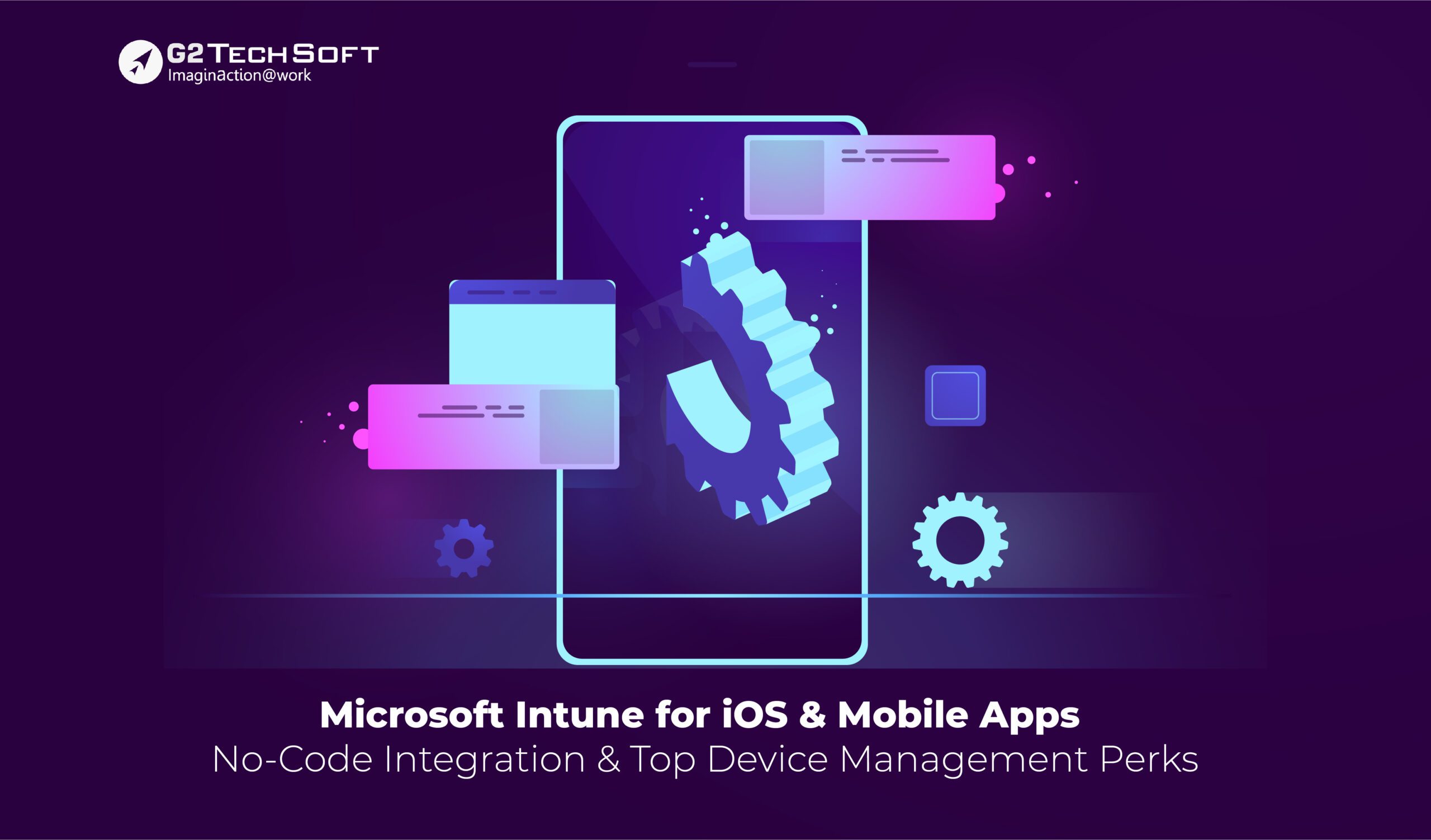
Secure Your AWS Cloud Environment with Top Security Updates and Services
Imagine you’re a digital spy, and ensuring the cloud security of your cloud-managed services is your top-secret mission. You must safeguard your business-critical information and prevent it from falling into the wrong hands. Transfer that same vigilance and attention to your organization’s AWS cloud security!
As an organization that utilizes AWS services, protecting your digital assets are your top-secret mission. To accomplish these goals, AWS security services provides you with the tools and services to keep your fortress impenetrable. An endpoint cloud security infrastructure is vital, and it relies on tools and software. Evaluating offerings and selecting a toolset that best accommodates the organization’s unique needs is essential. The infrastructure chosen and products must allow IT administrators to set and enforce aspects of endpoint security.
According to Gartner’s prediction, by 2025, most cloud security failures, around 99%, will be attributed to the customer’s fault. Therefore, security is a shared responsibility between AWS and its customers.
So, let’s get your digital security groove on and ensure your assets are well-protected. Remember, the stakes are high, and the risks are real!
Amazon Security Services
AWS services offer a comprehensive suite of security services to protect your data and infrastructure in the cloud. Amazon Security Services has covered everything from key management and access control to threat detection and monitoring.
Secure Your Data with AWS Key Management Service (KMS)
AWS Key Management Service is a cloud-based service that makes it easy to manage keys and encrypt your data. It uses the same top-notch infrastructure as Amazon S3 and Amazon DynamoDB, so you know your data is in good hands. With KMS, you can create a key to encrypt your data, making it super secure. You can also use this key to encrypt data when transferring it between services. And to avoid any security breaches, the key is sent directly to the user from your account. So, you can rest assured that your data is protected.
Secure Your AWS VPC with Subnets and Security Groups
Let’s talk about Virtual Private Cloud (VPC) subnets and security groups. These two features are the building blocks of AWS security architecture. VPCs are like digital fortresses that isolate your AWS resources from other networks, and security groups define access control for your resources, protecting them from unauthorized access.
Secure Your EC2 Instances with Amazon EC2 Instance Metadata Service
And finally, Amazon EC2 Instance Metadata Service allows you to store and retrieve user-defined metadata in your EC2 instances. You can store important configuration information like passwords and hostnames or application-specific data. It’s like having a virtual filing cabinet in the cloud. It is a critical part of the AWS cyber security framework.
With the above three excellent AWS security services features, you can keep your data safe and sound, no matter where it goes!
AWS Security Best Practices
AWS cloud security best practices include the following:
- Implement security as a part of your cloud strategy: Ensure security is integrated immediately into your cloud strategy and adjust it accordingly based on its effectiveness.
- Apply security in every single layer: Implement a “defense in depth” approach by applying security measures at every layer of your infrastructure to provide multiple lines of defense in case one control fails.
- Create policies around security and keep them up to date: Establish and update security policies that clearly outline responsibilities for both you and AWS, involve your security team in policy creation, and store the policies where all team members can access them.
- Monitor user access : Regularly monitor and manage user access to your resources and instances to prevent unauthorized access and define the least privilege necessary for accessing data.
- Use well-integrated AWS security services: Take advantage of the well-integrated AWS security services, such as Amazon Cognito and Amazon GuardDuty, to enhance your overall security posture.
- Keep your AWS practices up to date: Stay up to date with AWS practices to ensure cloud security, and include new practices in your policy as necessary.
- Backup data regularly: Regularly back up your data using AWS backup solutions to prevent data loss.
- Keep your SSL/TLS certificates updated: Renew SSL/TLS certificates before they expire, or use AWS Certificate Manager to issue and renew certificates for free automatically.
- Encrypt information: Encrypt sensitive data and store encryption keys in AWS using Amazon Key Management Service (KMS).
- Regularly carry out Security Posture Assessments (SPA) and Penetration (PEN) Tests: Conduct regular security assessments and penetration tests against your AWS infrastructure to identify weaknesses and improve your overall security posture.
Enhance Your AWS Cloud Security with Latest Updates
With the growing use of cloud computing, cloud data security is becoming increasingly important. AWS has made significant efforts to provide its customers with a secure environment to store and process their data.
One of the latest AWS cloud security updates is the AWS Security Lake. This new service helps customers protect their AWS resources by continuously monitoring for potential security risks and vulnerabilities. This service uses machine learning algorithms to analyze the data generated by customers’ AWS resources, including logs, network traffic, and AWS CloudTrail events, to identify any unusual behavior or cloud data security risks. It allows customers to take proactive steps to mitigate these risks and improve the security of their AWS resources.
Another new feature, Amazon Verified Permissions (AVP), is designed to help customers who use IAM (Identity and Access Management) roles in their accounts ensure that only authorized users can access their accounts. This feature makes it easier for customers to verify the permissions associated with their AWS accounts, enabling them to quickly determine who has access to their accounts and what they are authorized to do. By enabling Verified Permissions, customers can identify any unauthorized access to their AWS resources and take steps to remove it immediately.
The benefits of AWS Security Lake and Amazon Verified Permissions are numerous. For example, by using AWS Security Lake, customers can automate identifying and remediating any security issues with their infrastructure without relying on human intervention. It saves time and reduces the risk of security breaches. Similarly, by enabling Verified Permissions, customers can quickly determine if any changes need to be made to their accounts and take action to ensure that only authorized users have access to their AWS resources.
With the continuous development of new security features and tools, AWS is helping its customers stay ahead of the evolving threat landscape and protect their data and resources in the cloud. By leveraging AWS security best practices, customers can ensure their applications and data are secure, allowing them to focus on their core business activities without worrying about security issues.
Prohibited Activities in AWS Environment to Ensure Smooth Cloud Operations
- DNS zone walking is a technique to find all the domains and subdomains hosted on a DNS server. Amazon Route 53 Hosted Zones offers features that help prevent this attack.
- Denial of Service (DoS) and Distributed Denial of Service (DDoS) attacks overwhelm a system with requests, making it unavailable to legitimate users. To prevent these types of attacks, Amazon has a DDoS Simulation Testing policy to test the resiliency of your applications.
- Port flooding is an attack that targets a specific port on a server, overloading it with requests. It can cause the server to crash or become unavailable.
- Protocol flooding attacks a specific network protocol, such as TCP or UDP, with many requests. It can cause the server to become overloaded and unresponsive.
- Request flooding is an attack that sends a large number of requests to a server, overwhelming it and making it unavailable to legitimate users. It can take the form of login request flooding or API request flooding.
Conclusion
Although AWS provides top-notch security features, it’s still essential that you take responsibility for ensuring the security of your infrastructure. To maximize your agility and security, you can leverage the AWS services and follow the security best practices AWS recommends. Taking these measures can help safeguard your data and applications hosted on the cloud platform.




